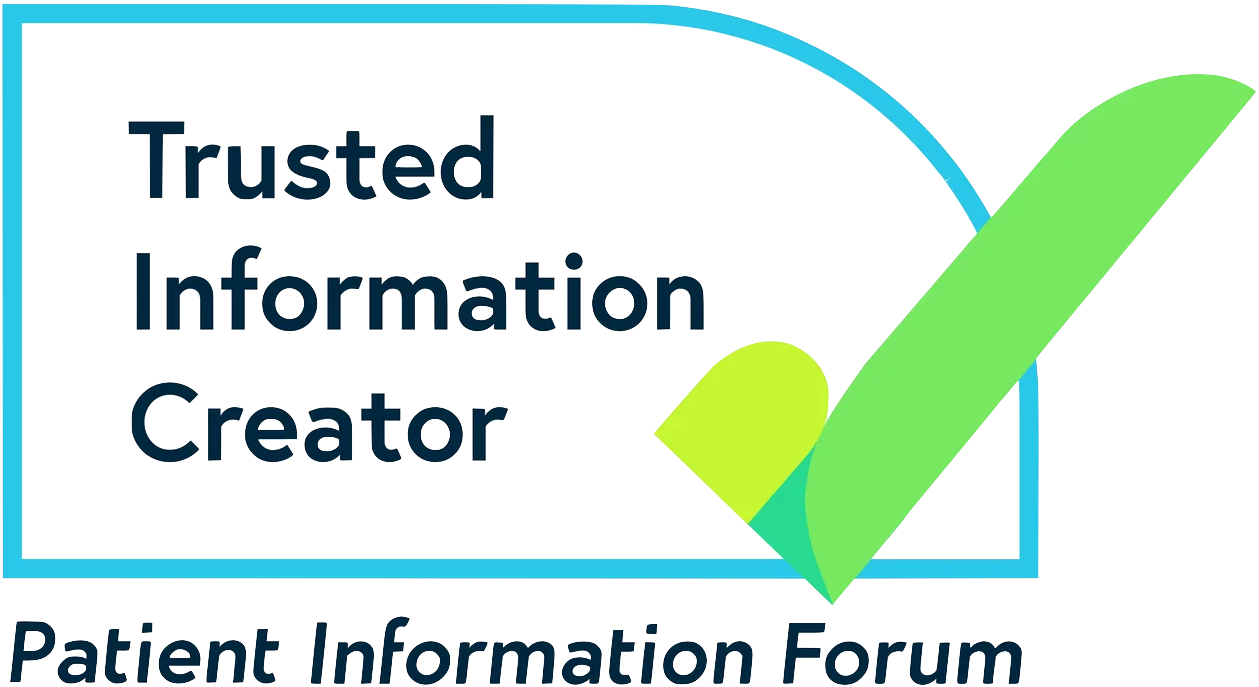If you would like to talk to someone about epilepsy, our trained advisers are here to help.
What would you like to find out about today?
Other names for self-limited neonatal epilepsy (SeLNE)
- Benign neonatal convulsions
- Benign familial neonatal seizures
- Benign familial neonatal convulsions
- Self-limited neonatal convulsions
Who gets SeLNE?
SeLNE usually starts in babies between 2 and 7 days old. If your baby was premature, it may affect them a few days after the time they would have been born full-term. The seizures affect girls and boys equally. There isn’t a link to any problems during pregnancy or birth, or any development problems.
Some babies who have SeLNE have a family history of the condition. This means someone in their family had similar convulsions as a baby. This is usually one of the baby’s parents. This form of SeLNE is known as self-limited familial neonatal epilepsy. It’s caused by a change (mutation) in a gene that is passed to the baby from a parent.
As an adult, you’re unlikely to know whether you had seizures as a baby. It’s worth asking your own parents whether they can remember.
In some babies who have SeLNE, there’s no history of any family members having seizures at a similar age. This type of SeLNE is also caused by a mutation in a gene, but it’s one that appears in the baby for the first time rather than being inherited.
Symptoms
Babies with SeLNE can have different types of seizures. During a seizure, your baby may:
- Suddenly stiffen, first on one side of their body, then the other – including their head, neck, face, arms or legs
- Make rhythmic jerking movements on either side of their body
- Have a temporary, brief pause in their breathing, and their skin may look blue
- Rarely, have all four limbs jerking at once (called a ‘generalised tonic-clonic’ seizure)
Most seizures only last for a few minutes. But they may keep coming back over the next few hours, days or weeks. In between seizures or before they start, your baby will usually feed and behave normally.
Don’t try to restrain or move a baby or young child having a seizure, unless they are in danger. You can help protect them from injury by placing pillows or soft padding around them.
Diagnosis
Your baby should see a specialist doctor called a paediatrician for an assessment. The doctor will take a careful history of when your baby’s seizures started, as well as a detailed family history. This should include asking grandparents whether you (as the baby’s parents) had seizures or convulsions when you were babies.
There are many other causes of seizures, and other epilepsy syndromes that can start in newborn babies. Your doctor will need to rule these out before making a diagnosis of SeLNE.
To do this, they may organise for your baby to have various tests including:
- Blood tests
- Brain scans such as CT (computed tomography) or MRI (magnetic resonance imaging)
- An EEG (electroencephalogram) to look at electrical activity in the brain
- A lumbar puncture (spinal tap) to look at fluid around the spine (called the ‘cerebrospinal fluid or CSF’)
- Genetic tests – using a sample of your blood or saliva to look at your genes
Treatment
Your baby may not always need treatment, as their seizures may quickly go away on their own. But sometimes your doctor may prescribe an epilepsy medicine to help control seizures, particularly if they keep happening. Commonly used epilepsy medicines in babies include:
- Carbamazepine
- Sodium valproate
- Levetiracetam
- Lamotrigine
- Phenobarbital or phenytoin
Your baby may only need the epilepsy medicines for a number of days or weeks, if their seizures stop.
There may be research studies open that are relevant to this epilepsy syndrome. Your child’s doctor will be able to discuss this with you.
Information about treatments for children can be found on the Medicines for Children website.
Outlook
In most babies or infants the seizures stop within 6 weeks, and almost always within 6 months. Some children who have SeLNE may start developing other types of seizures later in life, often as young adults.
Babies with SeLNE don’t usually have any difficulties with feeding, behaviour or development. They don’t usually have learning disabilities or need extra care or support in the future.
Here to support you
Send us your question
Send a question to our trained epilepsy advisers. (We aim to reply within two working days).


